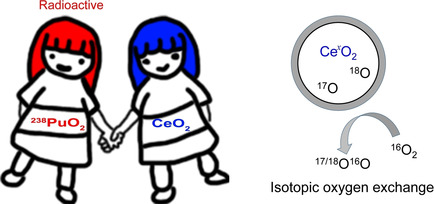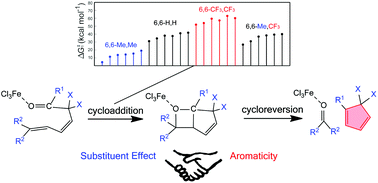Isotopic Oxygen Exchange between CeO2 and O2: A Heteroexchange Mechanism
Submitted by Jun Zhu on Thu, 12/19/2019 - 02:46
Isotopic oxygen exchange (IOE) is a crucial reaction required in the purification of 238PuO2 which has been used as an important fuel in space exploration. Experimental studies on the IOE between 238PuO2 and O2 are costly and hazardous due to the radioactivity. With extremely similar crystal structures, CeO2 could be a fair surrogate for 238PuO2 in the investigation of physicochemical properties. Here, we perform density functional theory calculations to simulate the IOE between CeO2 and O2, wherein a heteroexchange mechanism is proposed.









